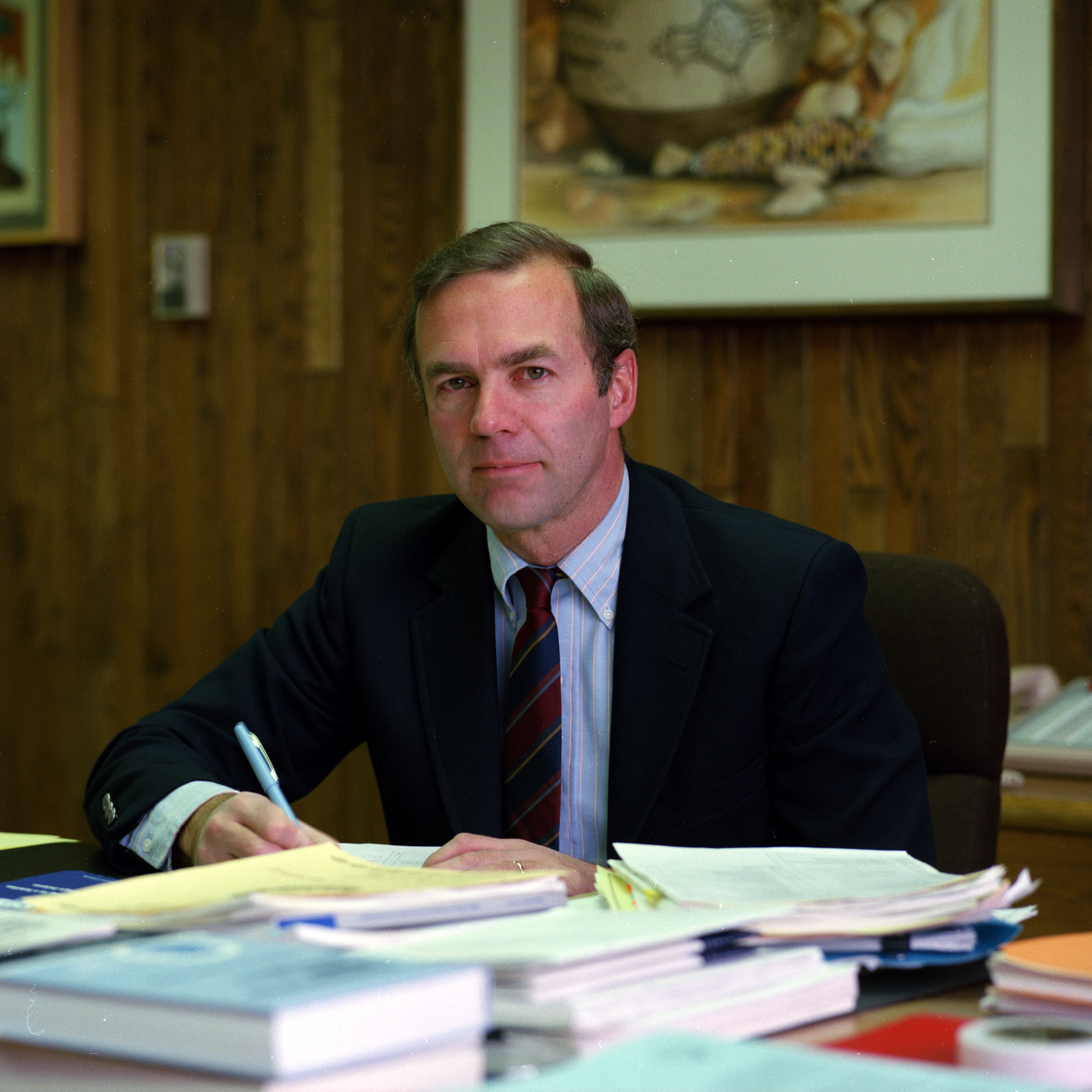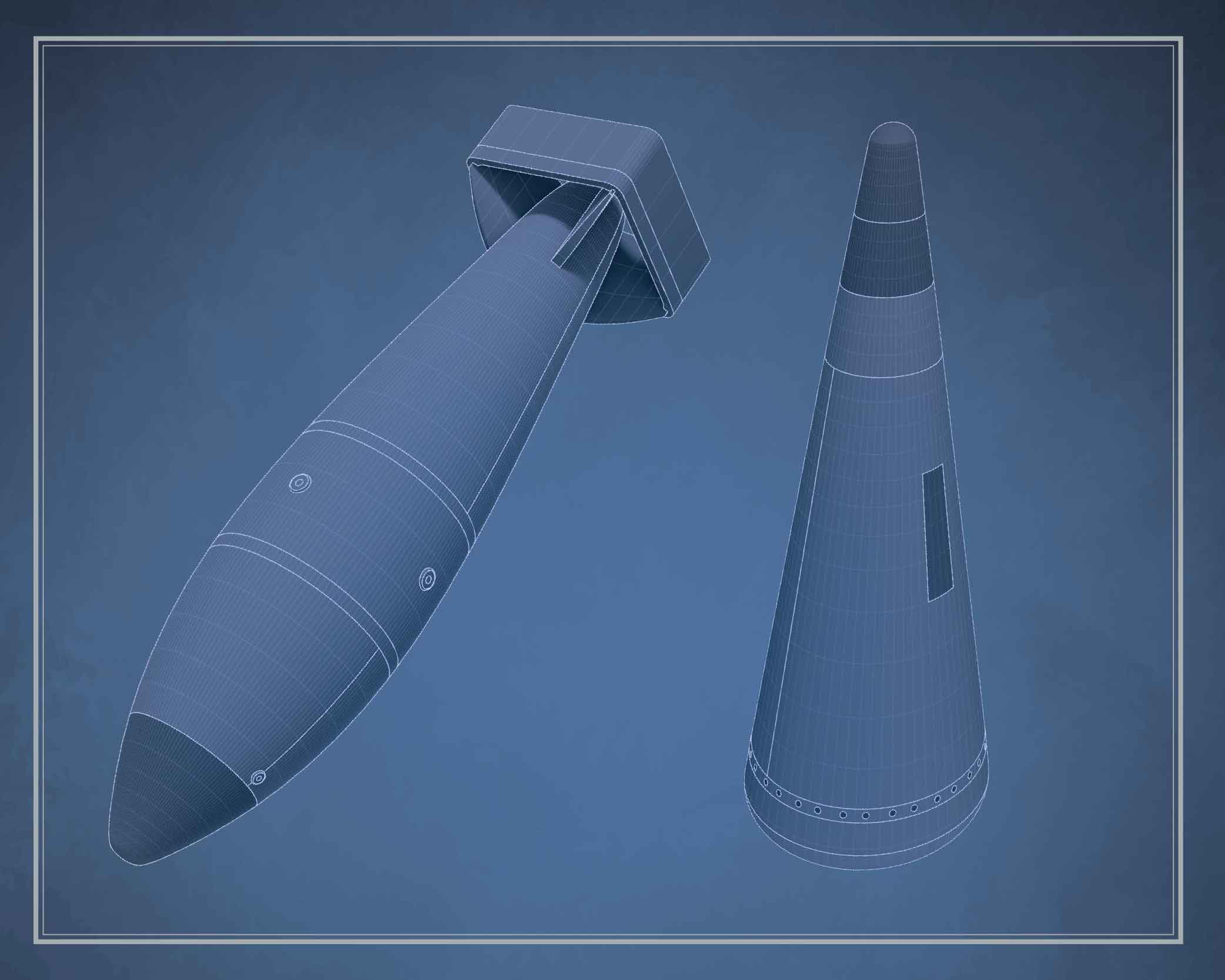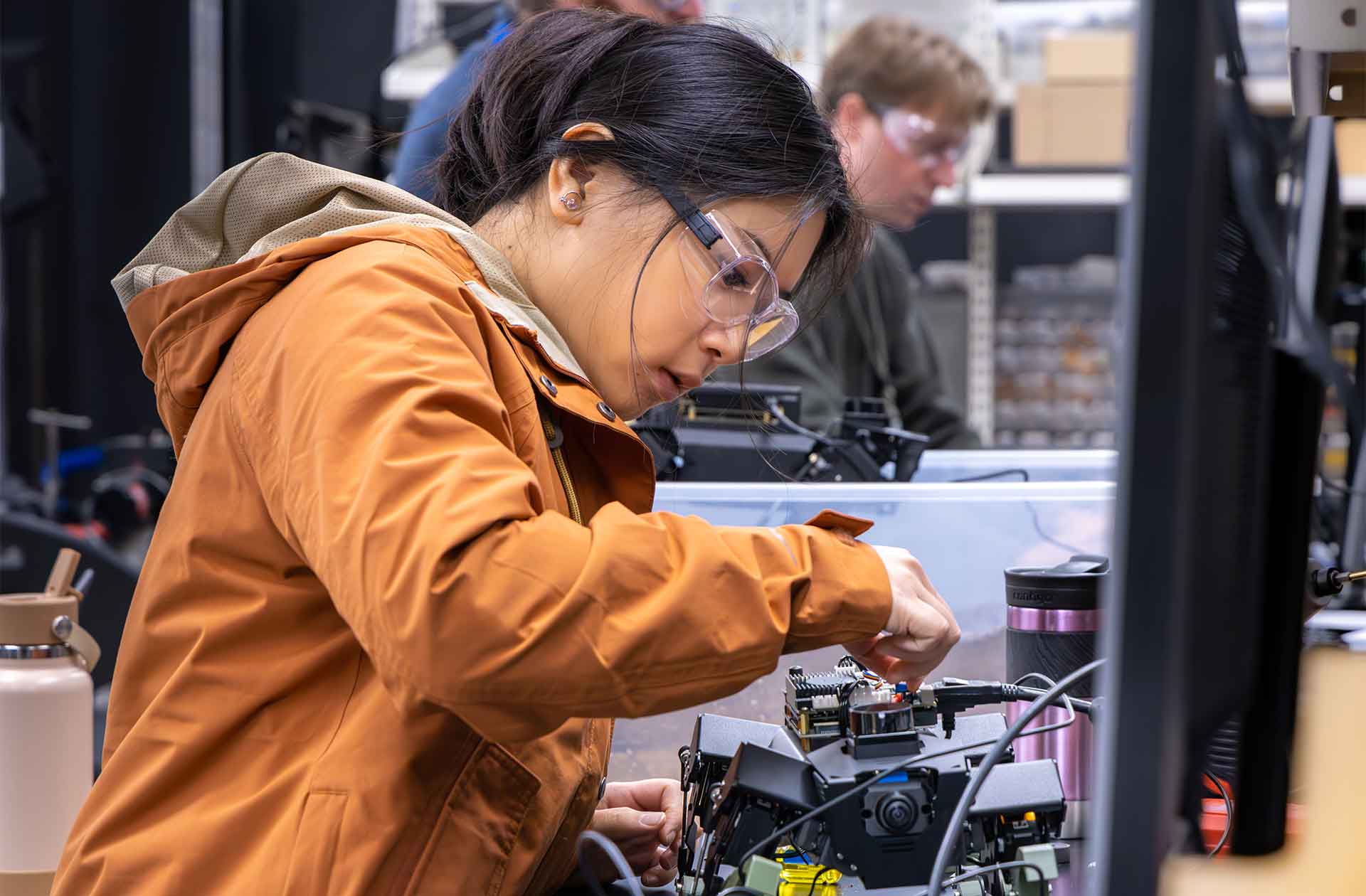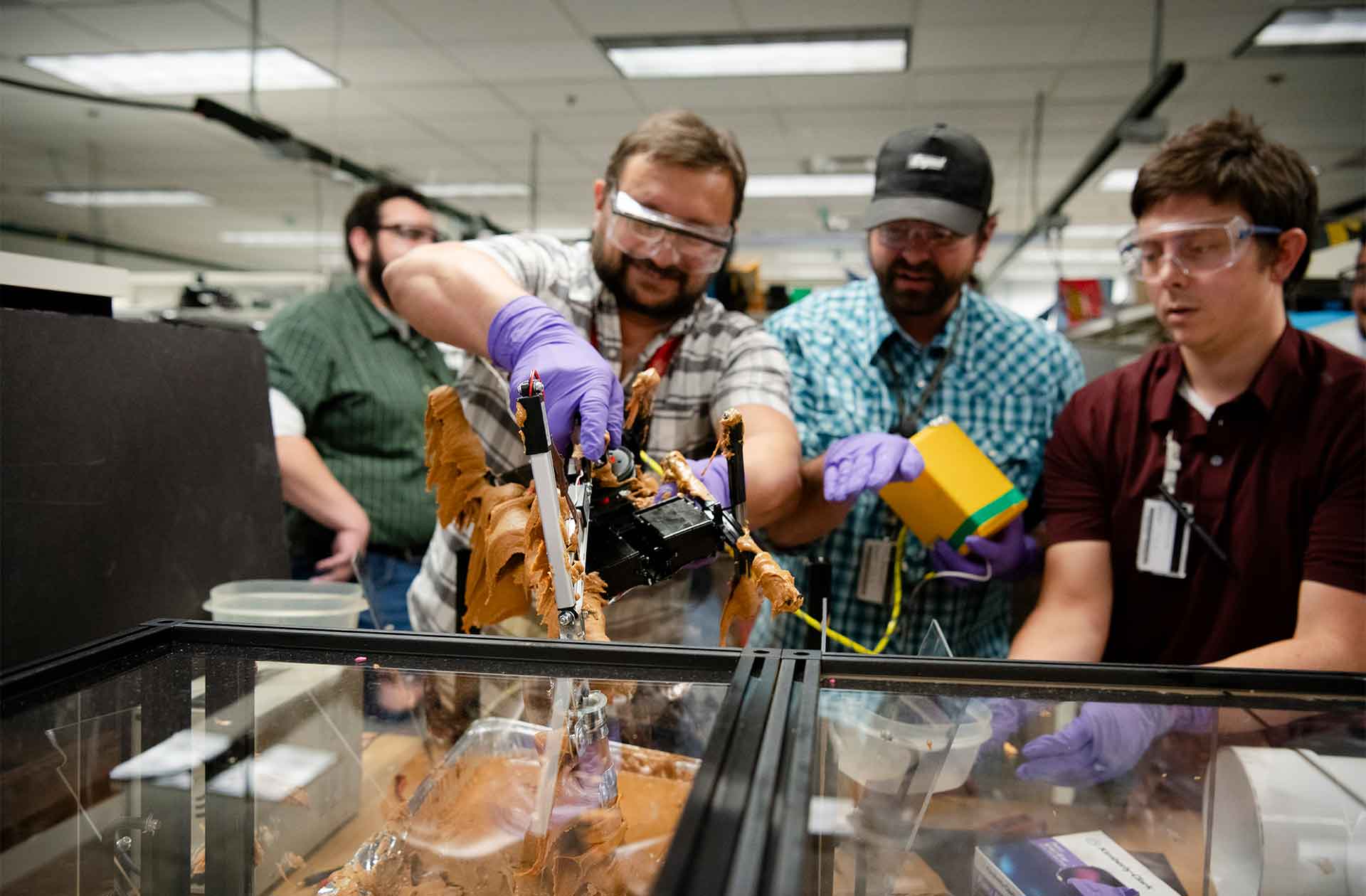Engineers behind the Manhattan Project
Special and Provisional Engineer Detachments played a critical role in the war effort.
- Whitney Spivey, Editor
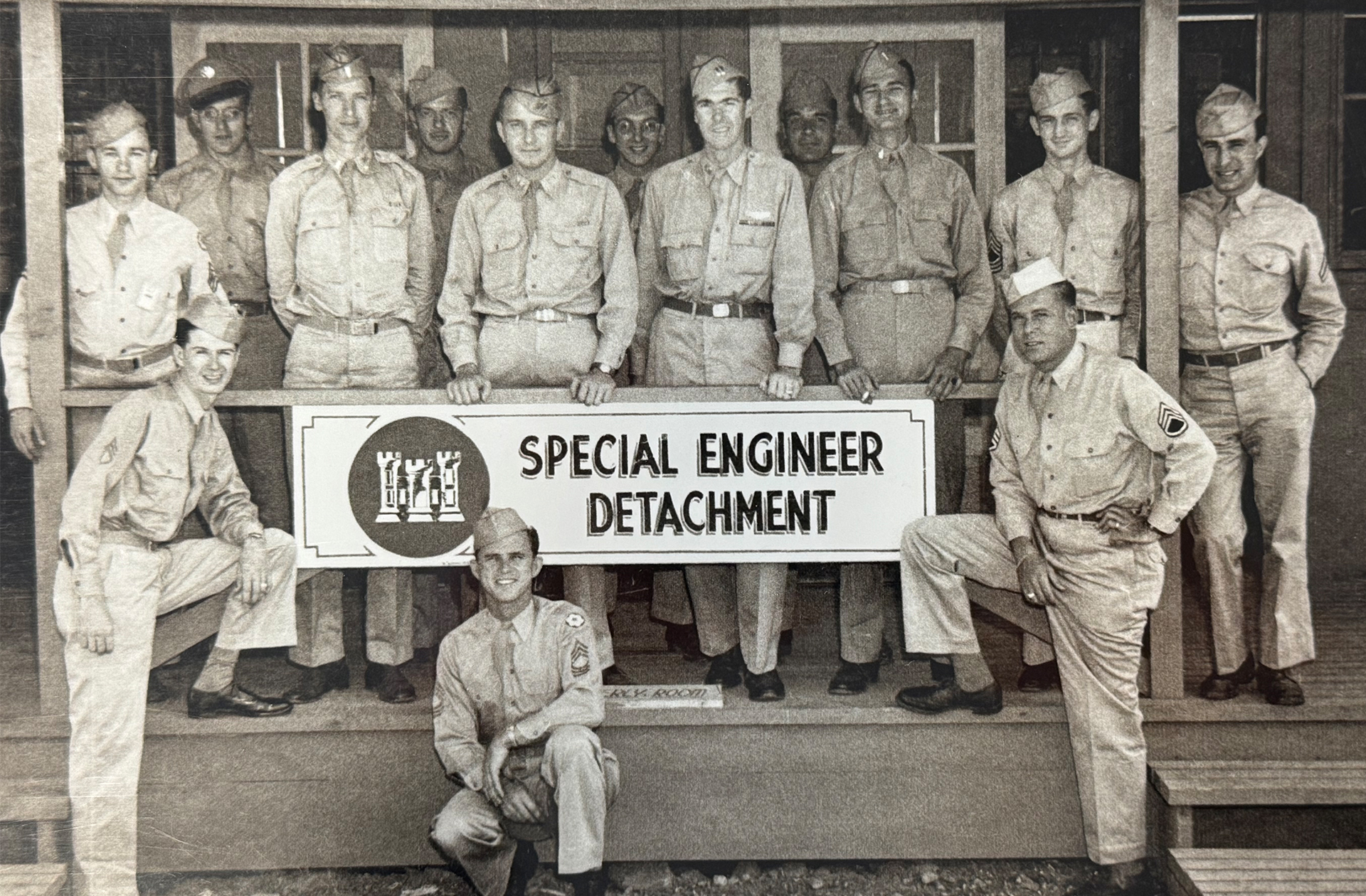
Scientists often receive credit for the creation of the world’ first atomic weapons, but the effort would not have been successful without the U.S. Army Corps of Engineers, which employed several thousand technically minded individuals to support the Manhattan Project.
The most recognized member of the Corps was General Leslie Groves, who oversaw the entire project. Under his leadership were two key groups: the Special Engineer Detachment (SED) and the Provisional Engineer Detachment (PED).
The SED was composed primarily of soldiers with scientific and technical backgrounds—about 29 percent held college degrees. By the end of 1943, nearly 475 SED members had arrived at Los Alamos, most of them mechanical, electrical, or chemical engineers. Many worked directly with scientists, while others served as mechanics, machinists, and electronics technicians. Those with white badges had access to the most restricted areas of the Project. SED personnel were exempt from drills and could hold non-commissioned officer ranks—about two-thirds attained the rank of sergeant or higher.
The PED at Project Y, part of the 4817th Service Command Unit within the 8th Service Command Detachment, consisted of nearly 500 individuals. They handled essential support roles across Los Alamos—operating power and steam plants, managing the motor pool and garages, staffing mess halls, and maintaining buildings and roads. PED members also assisted in the construction of scientific facilities.
Though often working behind the scenes, the SEDs and PEDs were instrumental in the success of the Manhattan Project. ★
